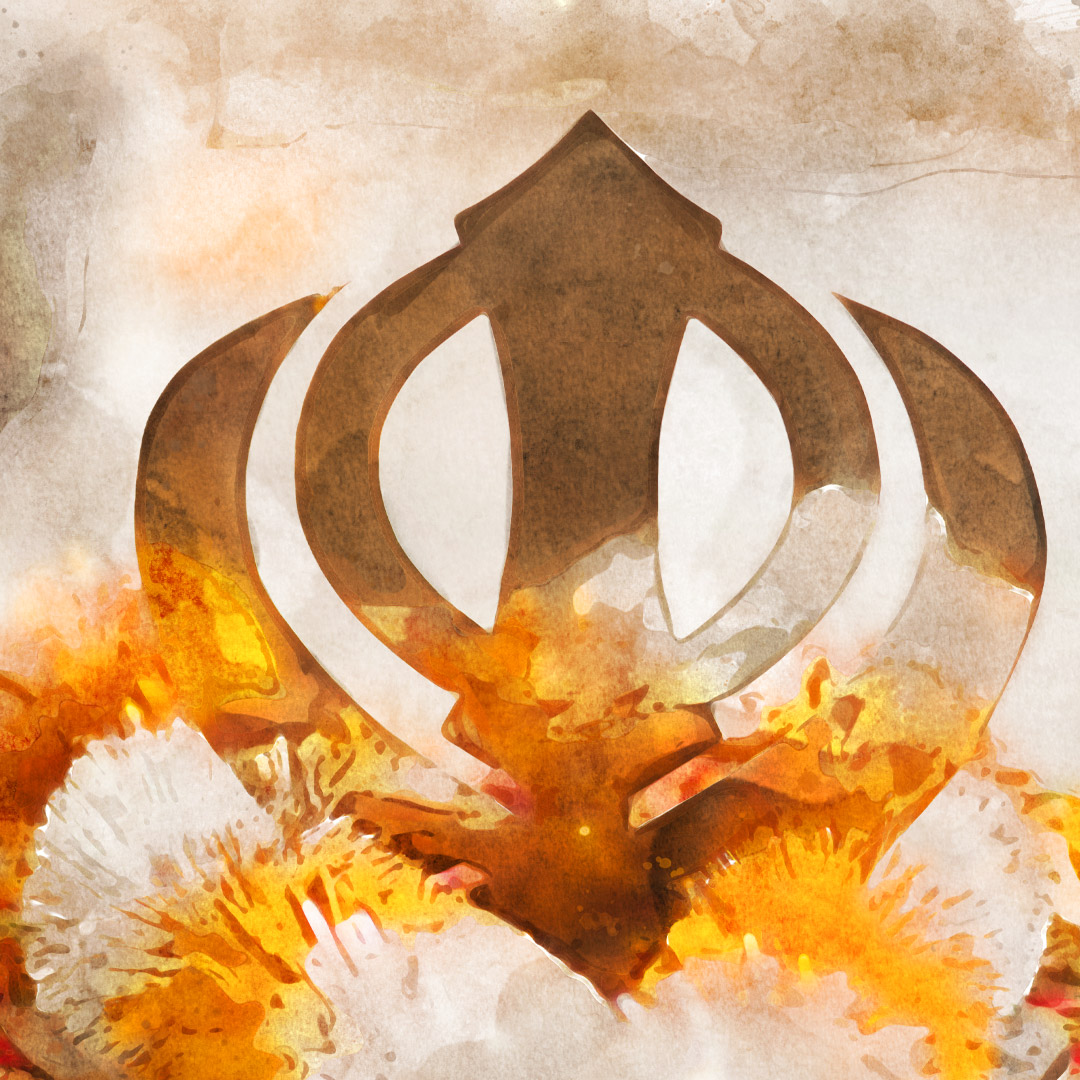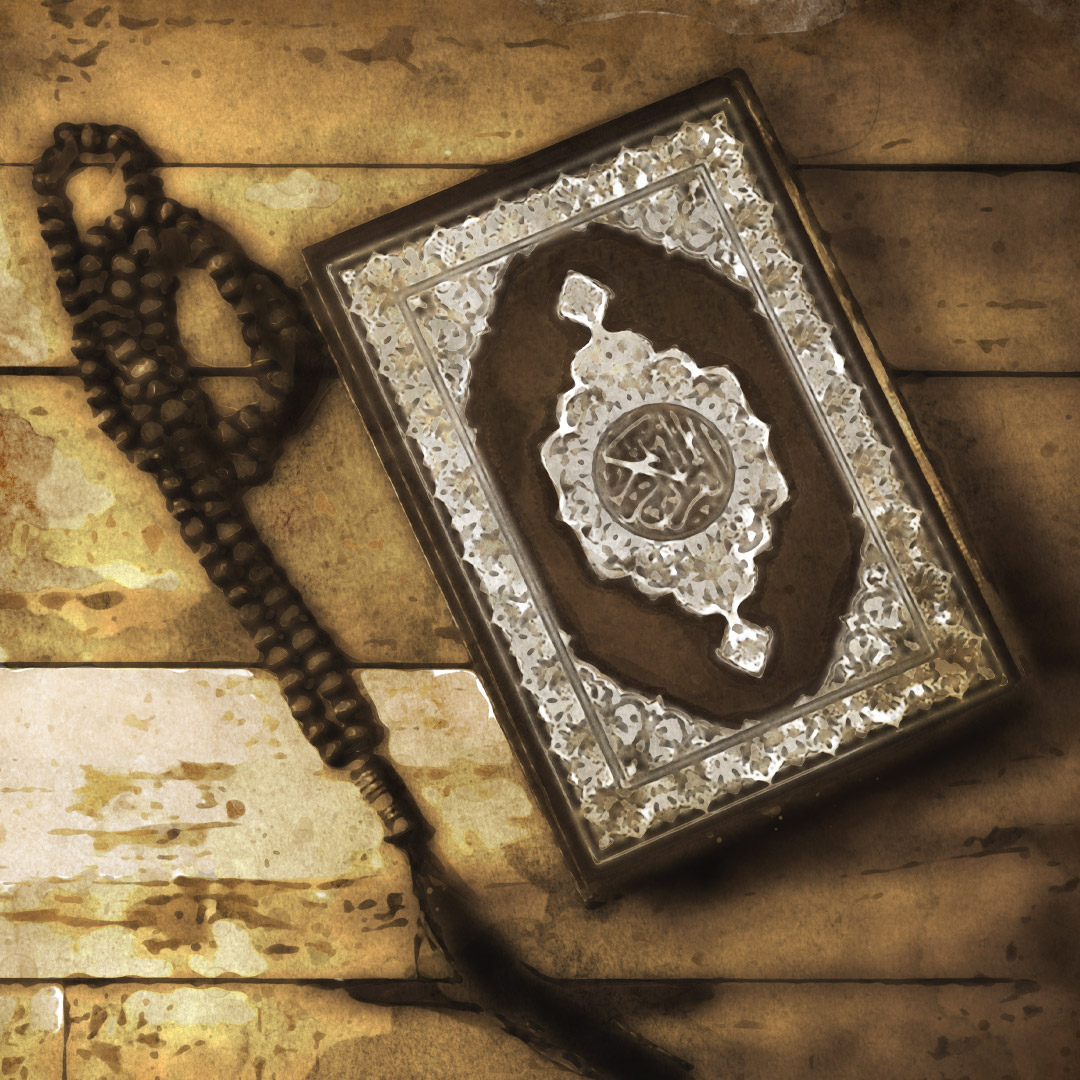Chant in Punjabi | English transliteration | Meaning | Benefits | History
This religious mantra is often recited to bring oneself closer to God and feel His divine presence.
Chant in Punjabi
ਵਾਹਿਗੁਰੂ, ਵਾਹਿਗੁਰੂ
Chant in English transliteration
Waheguru, Waheguru
Meaning of the chant
Wah (infinite) hay (thou) Guru (the divine teacher)
Benefits of the chant
As per Sikh Drama International(1) organization, when this mantra is chanted, you feel connected to God. You also lose your ego and self and submit to God entirely. Waheguru, Waheguru offers you overwhelming joy and you may find God’s command in every person, event, and things. People believe that this mantra helps you escape darkness and progress in a new light. You also may be able to reach Divine consciousness.
History of the chant
Along with the traditional mantra “Ik Onkar Satigur Prasad”, the Guru Gobind Singh, Nanak X also used Waheguru or Vahiguru, chanting “Ik Onkar Sri Vahiguru Ji ki Fateh.” He also used it in the Sikh greeting “Vahiguru Ji ka Khalsa Vahiguru Ji ki Fateh.”
According to researchers, the use of the mantra first began with Guru Nanak and other Gurus. The word is a combination of Persian word Vah (admiration and wonder) and Guru (a spiritual teacher).
Important information about the chant
Waheguru, Waheguru is a Trikuti Mantra and it has three separate sounds, Wha, Hay, and Guru. All three sounds must be pronounced correctly or the mantra loses its power. The mantra is required to be chanted slowly and you should be attentive about how you are pronouncing each word. First, purse your lips together and then widely open it to say “Wha.” When pronouncing “Hay,” you must exhale from deep within your navel and heart. Lastly, you must tap the roof of your mouth with the tongue when saying “Guru.”
References
- Wahe Guru – A Trikuti Mantra: https://www.sikhdharma.org/wahe-guru-trikuti-mantra/






